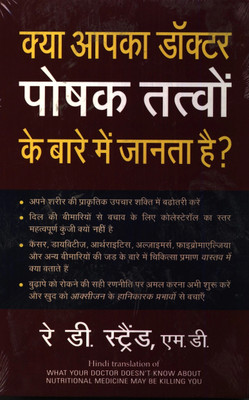
Fundamentals of Digital Machine Computing (German, Paperback, Hintze G.)
Share
Fundamentals of Digital Machine Computing (German, Paperback, Hintze G.)
Be the first to Review this product
₹5,035
₹5,609
10% off
Available offers
T&C
T&C
T&C
T&C
Delivery
Check
Enter pincode
Delivery by12 Jan, Monday
?
View Details
Highlights
- Language: German
- Binding: Paperback
- Publisher: Springer-Verlag Berlin and Heidelberg GmbH & Co. KG
- Genre: Technology & Engineering
- ISBN: 9783642490316, 9783642490316
- Pages: 225
Seller
Description
The first industrial revolution was concerned with the ma- chine solely as an alternative to human muscle. It displaced man and animal as a source of power, without appreciably affecting other human functions. The development of auto- mation which can handle problems of programming on an automatic basis will, to a large extent, condition the entire social and technical life of the future. The picture of the auto- matic age will be quite different from the picture of any other period. The technical revolution of automation will bring deeper and more incisive changes to man's life than did the first industrial revolution. The digital computer is the universal machine which has already revolutionized modern technology and which will be the main instrument to render factories and business places automatic. The digital computer has brought increased im- petus and new direction to the whole field of applied mathe- matics and to the description of problems in precisely defined and solvable relations. Since the arrival of digital computers, applied mathematics takes a place of importance at least equal to abstract mathematics. Modern engineers and scientists have become more conscious of the powerful tool of mathe- matical analysis through the use of computers.
Read More
Specifications
Book Details
| Imprint |
|
Dimensions
| Width |
|
| Height |
|
| Length |
|
| Weight |
|
Be the first to ask about this product
Safe and Secure Payments.Easy returns.100% Authentic products.
Back to top






